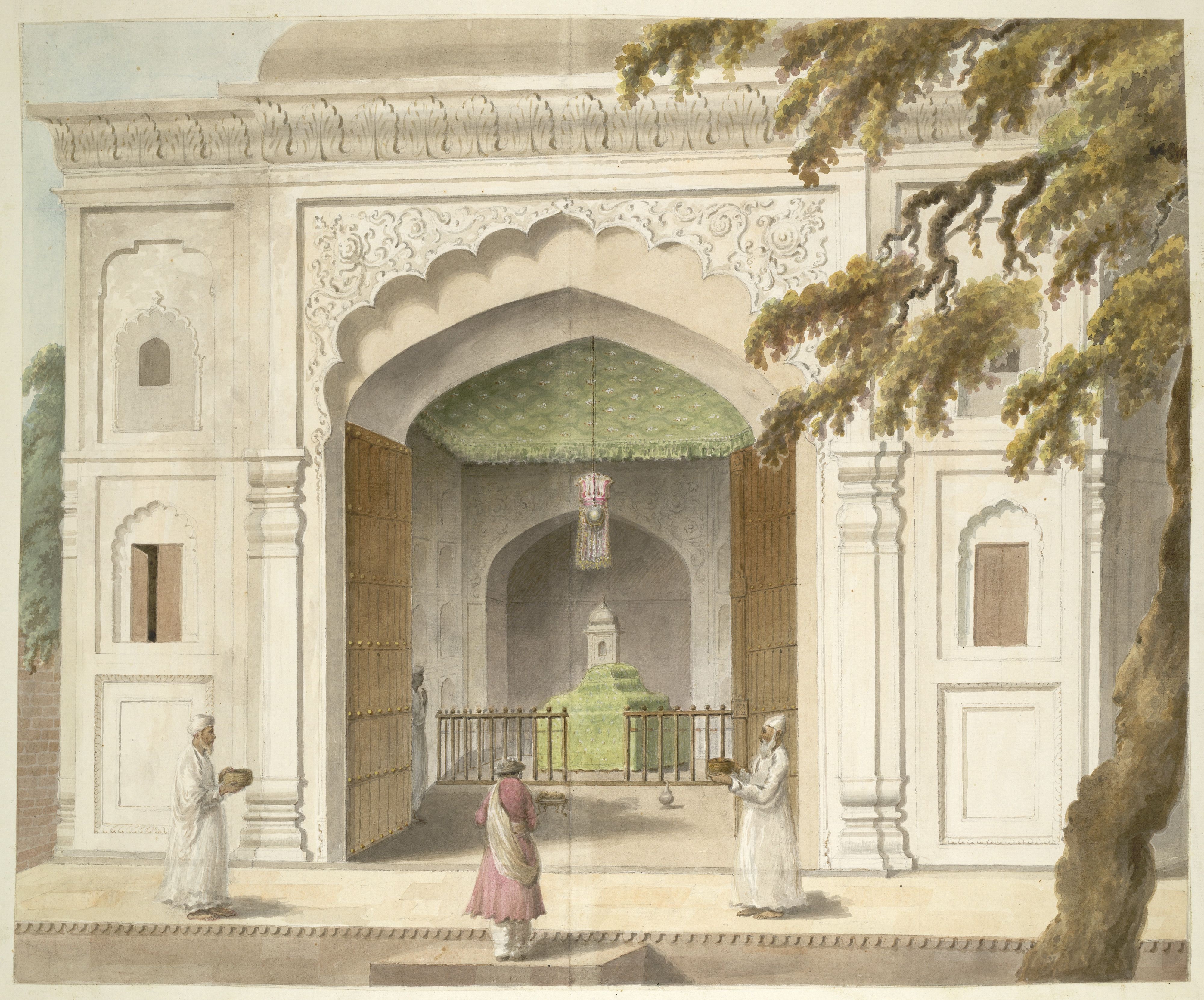107th Regiment Of Foot (Bengal Light Infantry) on:
[Wikipedia]
[Google]
[Amazon]
The 107th (Bengal Infantry) Regiment of Foot was an

infantry
Infantry is a military specialization which engages in ground combat on foot. Infantry generally consists of light infantry, mountain infantry, motorized infantry & mechanized infantry, airborne infantry, air assault infantry, and mar ...
regiment
A regiment is a military unit. Its role and size varies markedly, depending on the country, service and/or a specialisation.
In Medieval Europe, the term "regiment" denoted any large body of front-line soldiers, recruited or conscript ...
of the British Army
The British Army is the principal land warfare force of the United Kingdom, a part of the British Armed Forces along with the Royal Navy and the Royal Air Force. , the British Army comprises 79,380 regular full-time personnel, 4,090 Gurk ...
, raised by the East India Company
The East India Company (EIC) was an English, and later British, joint-stock company founded in 1600 and dissolved in 1874. It was formed to trade in the Indian Ocean region, initially with the East Indies (the Indian subcontinent and South ...
in 1765. Under the Childers Reforms, it amalgamated with the 35th (Royal Sussex) Regiment of Foot
The 35th (Royal Sussex) Regiment of Foot was an infantry regiment of the British Army, raised in 1701. Under the Childers Reforms it amalgamated with the 107th (Bengal Infantry) Regiment of Foot to form the Royal Sussex Regiment in 1881.
Histo ...
to form the Royal Sussex Regiment
The Royal Sussex Regiment was a line infantry regiment of the British Army that was in existence from 1881 to 1966. The regiment was formed in 1881 as part of the Childers Reforms by the amalgamation of the 35th (Royal Sussex) Regiment of Foot a ...
.
History

Early history
The regiment as first raised by theEast India Company
The East India Company (EIC) was an English, and later British, joint-stock company founded in 1600 and dissolved in 1874. It was formed to trade in the Indian Ocean region, initially with the East Indies (the Indian subcontinent and South ...
as the 3rd Bengal European Regiment, when it was formed from the 1st Bengal Europeans in 1765. It went to take part in an action at Rohilkhand in April 1774 during the First Rohilla War
The First Rohilla War of 1773–1774 was a punitive campaign by Shuja-ud-Daula, Nawab of Awadh on the behalf of Mughal Emperor, against the Rohillas, Afghan highlanders settled in Rohilkhand, northern India. The Nawab was supported by troops of t ...
. It served in India until it was absorbed by the 1st and 2nd Bengal Europeans in 1798.
The Victorian era
The regiment was re-raised as the 3rd Bengal (European) Light Infantry in 1854 and then saw action in India in 1857 during the Indian Rebellion. After the Crown took control of thePresidency armies
The presidency armies were the armies of the three presidencies of the East India Company's rule in India, later the forces of the British Crown in India, composed primarily of Indian sepoys. The presidency armies were named after the presiden ...
in the aftermath of the Indian Rebellion, the regiment became the 3rd Bengal Light Infantry in November 1859. It was then renumbered as the 107th Regiment of Foot (Bengal Light Infantry) on transfer to the British Army
The British Army is the principal land warfare force of the United Kingdom, a part of the British Armed Forces along with the Royal Navy and the Royal Air Force. , the British Army comprises 79,380 regular full-time personnel, 4,090 Gurk ...
in September 1862. It embarked for England in 1875.
As part of the Cardwell Reforms of the 1870s, where single-battalion regiments were linked together to share a single depot and recruiting district in the United Kingdom, the 107th was linked with the 35th (Royal Sussex) Regiment of Foot
The 35th (Royal Sussex) Regiment of Foot was an infantry regiment of the British Army, raised in 1701. Under the Childers Reforms it amalgamated with the 107th (Bengal Infantry) Regiment of Foot to form the Royal Sussex Regiment in 1881.
Histo ...
, and assigned to district no. 43 at Roussillon Barracks
Roussillon Barracks was a military installation in Chichester.
History
The barracks were originally established as part of the British response to the threat of the French Revolution in tented accommodation in 1795 and were enhanced by the use o ...
in Chichester
Chichester () is a City status in the United Kingdom, cathedral city and civil parish in West Sussex, England.OS Explorer map 120: Chichester, South Harting and Selsey Scale: 1:25 000. Publisher:Ordnance Survey – Southampton B2 edition. Publi ...
. On 1 July 1881 the Childers Reforms came into effect and the regiment amalgamated with the 35th (Royal Sussex) Regiment of Foot to form the Royal Sussex Regiment
The Royal Sussex Regiment was a line infantry regiment of the British Army that was in existence from 1881 to 1966. The regiment was formed in 1881 as part of the Childers Reforms by the amalgamation of the 35th (Royal Sussex) Regiment of Foot a ...
.
Regimental Colonels
Colonels of the Regiment were: ;3rd Bengal Light Infantry *1862: Maj-Gen. George Huyshe, CB ;107th Regiment of Foot (Bengal Light Infantry) (British Army) *1862–1868: Gen. SirGeorge Petre Wymer
George may refer to:
People
* George (given name)
* George (surname)
* George (singer), American-Canadian singer George Nozuka, known by the mononym George
* George Washington, First President of the United States
* George W. Bush, 43rd Preside ...
, KCB
*1868–1873: Lt-Gen. William James D'Urban
*1873–1881: Gen. Hon. Arthur Upton
References
External links
* {{Regiments of Foot Honourable East India Company regiments Infantry regiments of the British Army Military units and formations established in 1854 British light infantry Military units and formations disestablished in 1881 1854 establishments in India